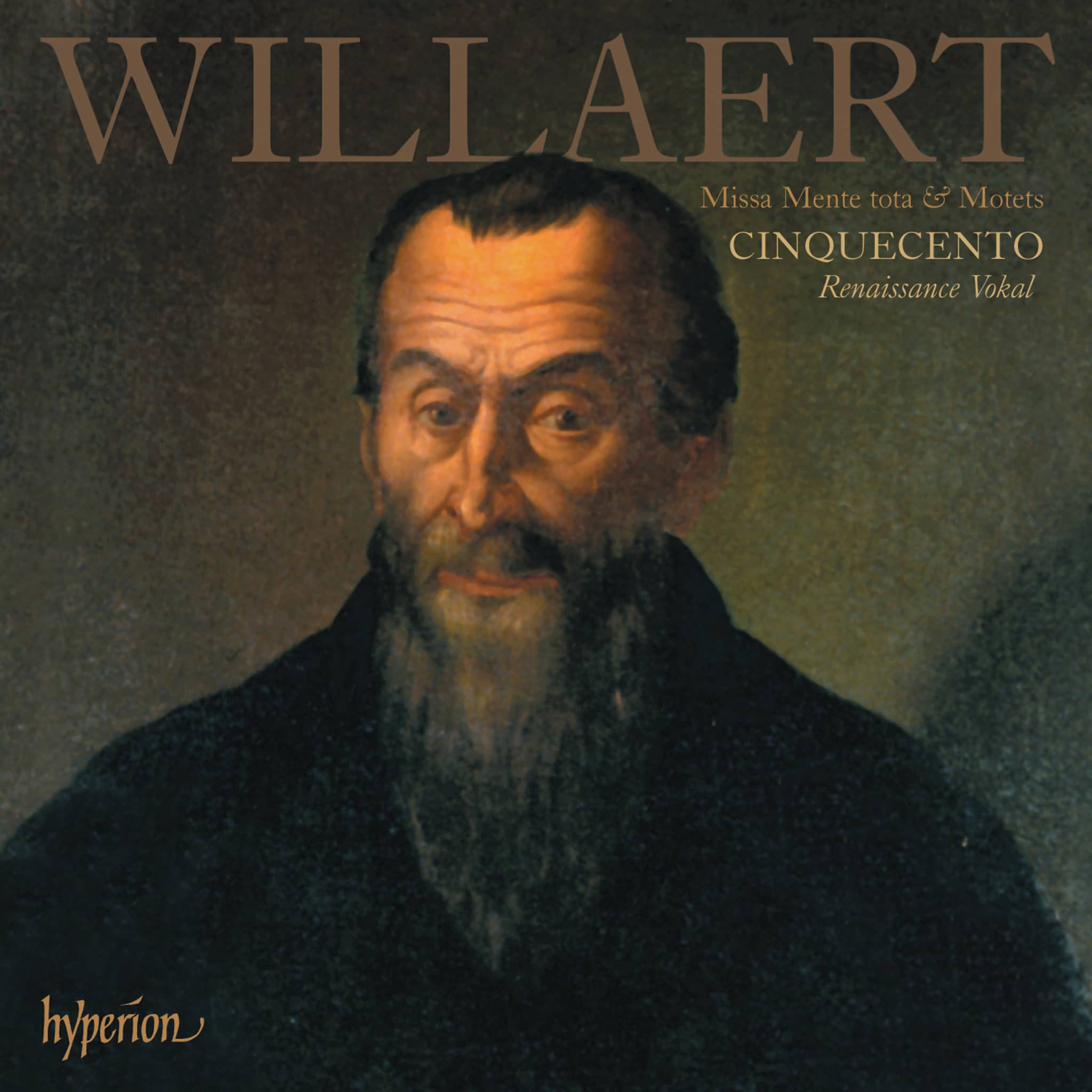Album insights
Martin Peerson, born around 1572 and likely in March, England, is a figure with limited biographical information, primarily focusing on his time in London and vicinity. Early on, he connected with writer Ben Jonson, composing the Madrigal "See, O see who is here come a-maying" for Jonson's play at Highgate in 1604. Despite potential sympathies with Catholicism, his 1613 Bachelor of Music degree completion in Oxford and subsequent works suggest adherence to the Anglican Church. Peerson's involvement with Queen's Revels troupe and interest in theater link him to Jonson.
Known since 1609 as a Virginal player and composer, Peerson's compositions in the Fitzwilliam Virginal Book hint at his skill. Post-1613, new opportunities emerged, with notable works for various publications. His diverse collections, from "Private Musicke" (1620) to "Mottects" (1630), showcased his evolving musical prowess and secure standing within elite circles. Holding positions at Westminster Abbey and St. Paul's Cathedral further solidified his reputation.
Peerson's lasting legacy predominantly comprises exquisite miniature compositions, overshadowing his larger works. Scarcity of manuscript copies contributes to the mystery surrounding his compositions, especially his anthems. The unveiling of his 15 Latin motets from the 17th century reveals a unique musical journey, reflecting his adaptation to various texts and deep themes. Though speculation about his Catholic leanings during motet creation persists, Peerson's works exhibit a profound musical and spiritual depth.
Grouped into distinct thematic categories, Peerson's motets require a wide expressive range, to which he adeptly responded with varied compositional techniques. Notable features include his skillful use of polyphony and melodic variation, showcasing his innovative and individualistic style. Peerson's deliberate harmonic control and expressive vocal lines underscore his inherent compositional genius, illustrating his late-career musical maturity and spiritual depth.




